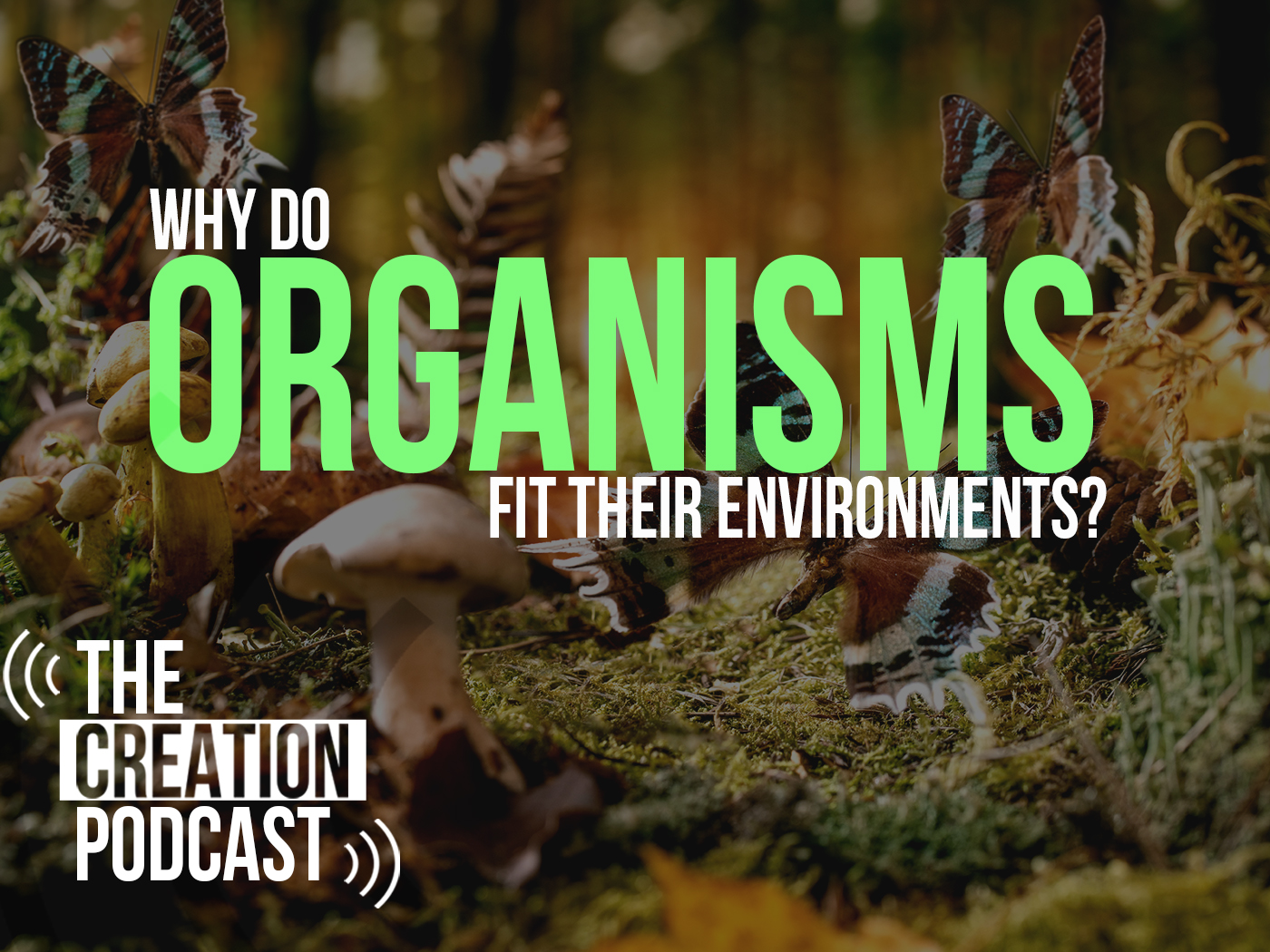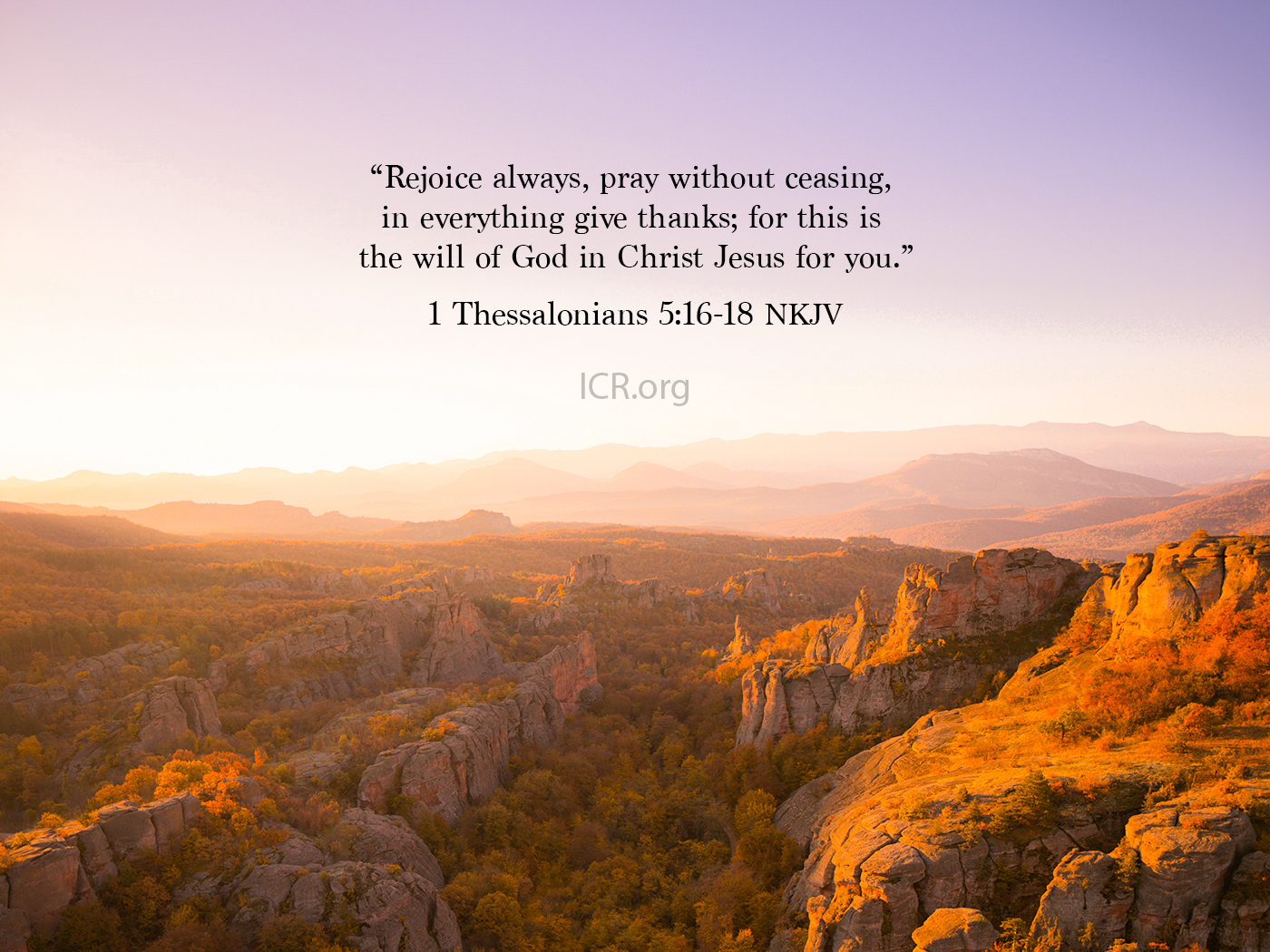Penguins are fast swimmers, but they shouldn't be. As they rocket themselves through the water and onto overlying ice shelves, the drag of water friction is supposed to be too great. Researchers familiar with recent attempts to use air as a lubricant for ships noticed air bubbles jacketing penguins during their boisterous ascents, and that led them to question if penguins use air to accelerate underwater.
National Geographic recently reported on how Bangor University biologist Roger Hughes, inspired by a 2001 BBC documentary that featured emperor penguins leaping out of the water,1 partnered with an engineer in Denmark and two other researchers to investigate how the penguins could do this. Their results appeared in the journal Marine Ecology Progress Series in 2011, where they showed penguins' unique and remarkable design for fast swimming.2
The study authors admitted that without a "control" penguin that does not release air bubbles, they cannot scientifically prove the hypothesis that emperor penguins, and by extension other penguins with similar capabilities, use tiny air bubbles to accelerate underwater. However, they found plenty of evidence to favor the idea.
When the penguins are out of the water, they preen their feathers and fluff them up all over their streamlined bodies, adding about an inch of air between the skin and outermost layer of feathers. Preening also adds waterproofing oil to the feathers. Penguins carry this air jacket with them when they dive into the water.
The researchers carefully studied BBC footage of penguins diving and rising, estimating they rise on average "2.8 times the descending speed."2 The buoyancy of their air jacket when they swim downward requires more energy than swimming upward. In essence, the penguins store that energy and use it later to accelerate upward.
The study authors surmise that the penguins lock their feathers down over the air compressed at depth. When they swim upward, the air expands. But they hold their feathers down against the force of expanding air that "will automatically issue as small bubbles."2
These tiny bubbles remove a huge portion of friction between the feathers and water—up to 100 percent. Experiments with bubbles against flat sheets, representing the sides of tankers, showed over 80 percent reduction in friction, according to Hughes and his co-authors. The penguin slides through the bubble jacket that it creates, leaving bubbles along its trailing wake. This must be how penguins rocket out of the water at 18 miles per hour!
How do the penguins manage their air jackets? They must first have the instinctive know-how for preening. They also require a streamlined body formed to permit their beaks to reach plenty of body feathers when preening. Plus, "Penguin plumage is unlike that of other birds."2 Their feathers are spread uniformly over their whole body in a tiny mesh of fine strands. They look like they were intentionally designed to trap air. Penguins also need to manufacture the proper oil to condition and waterproof those feathers.
And "emperor penguins need to have considerable control over their plumage."2 With muscles attached to each feather, it is reasonable to believe that penguins have just such feather control. The interconnected parts all fit, and all are required.
Hughes and his co-authors could empirically test their idea by building model penguins, but "this would be a technically difficult task as the complexity of penguin plumage would be difficult to replicate in a man-made porous membrane or mesh."2 And what is technically difficult for intelligent man to construct is utterly impossible for mere natural forces. But it is no problem for the Lord Jesus Christ, for "by him all things consist"— even penguin feathers.3
References
- Hodges, G. Escape Velocity. National Geographic. Posted on ngm.nationalgeographic.com November 2012, accessed November 27, 2012.
- Davenport, J. et al. 2011. Drag reduction by air release promotes fast ascent in jumping emperor penguins — a novel hypothesis. Marine Ecology Progress Series. 430: 171-182.
- Colossians 1:17.
* Mr. Thomas is Science Writer at the Institute for Creation Research.
Article posted on December 5, 2012.














